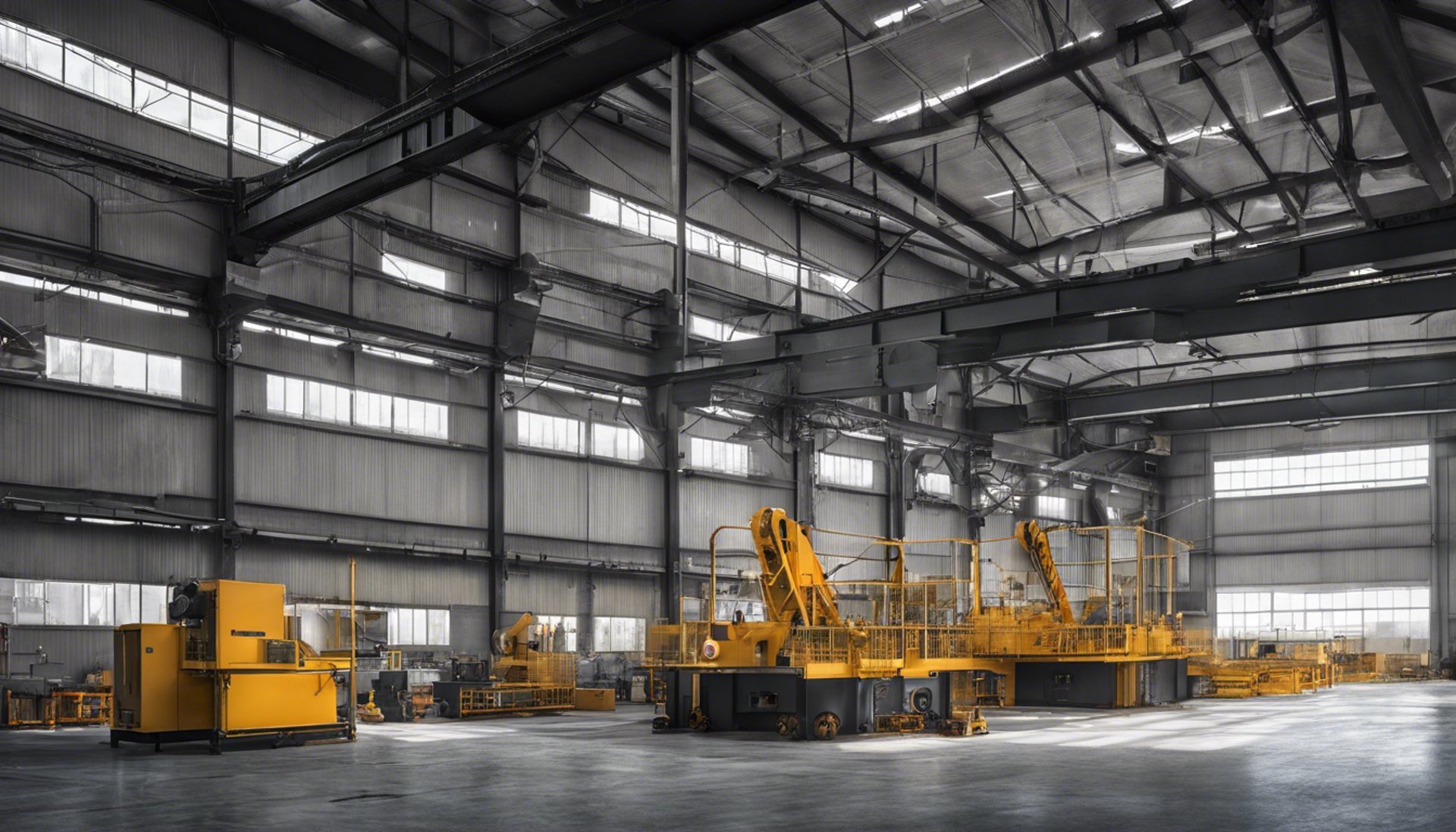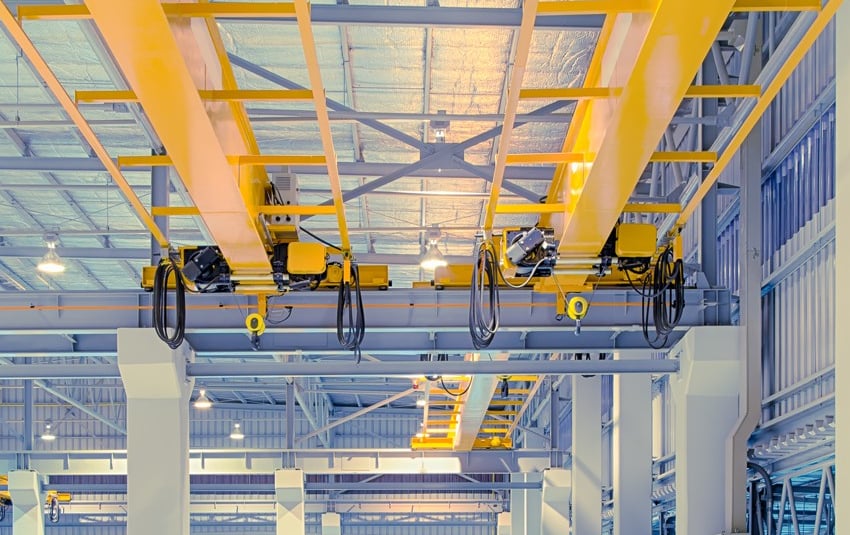
What to Consider When Choosing a Crane?



THINGS TO CONSIDER WHEN SELECTING A CRANE
Cranes are a great help in lifting and carrying heavy loads. However, it is important to choose the right crane. In this article, we will discuss what to consider when choosing a crane.
Lifting Capacity
The first factor to consider when choosing a crane is its lifting capacity. Lifting capacity determines the maximum weight that can be carried by the crane. It is important to consider the weight of the loads to be carried in order to choose a crane that suits your needs.
Span and Reach
When choosing a crane, span and reach are also factors to consider. Span determines how far the crane arm can extend over the load to be carried. Reach shows exactly how far the crane arm can extend. Choosing a span and reach that suits your needs will make your work more efficient.
Height and Lift
Height and lifting capabilities should also be considered when choosing a crane. Height determines how high the crane arm can go. Lifting capacity refers to the maximum load weight that can be carried by the crane. Choosing a height and lifting capacity that suits your work requirements will make your work processes easier.
Duty Cycle
The duty cycle of cranes determines how long the cranes can operate. Choosing a duty cycle that suits your needs increases crane performance and prevents problems such as overloading or overheating.
Environment and Conditions
When choosing a crane, the working environment and conditions should also be taken into consideration. For example, will a crane work outdoors or in a closed area? Factors such as temperature, humidity and dust should also be taken into account. Choosing a crane that is suitable for your operating environment increases the durability and performance of the crane.
Safety Features
The safety features of cranes are also an important factor to consider when choosing. For example, cranes should have safety features such as brake systems, overload protection and emergency stop features. Choosing a crane that complies with safety standards ensures work safety.
Control Options
The control options of cranes are also an important factor. There are different options such as manual control, remote control or automatic control. Choosing a control option that suits your business needs simplifies your business processes and increases efficiency.
Maintenance and Service
When choosing a crane, maintenance and service facilities should also be considered. It should not be forgotten that cranes require regular maintenance and service. Choosing a crane that can meet your business's maintenance and service needs extends the life of the crane and ensures business continuity.
Compliance with Standards
It is important that cranes comply with standards. For example, having documents such as the CE mark indicates that the cranes are suitable in terms of safety and performance. Choosing a crane that complies with standards meets legal requirements and ensures work safety.
Budget and Cost
Finally, budget and cost factors should also be considered when choosing a crane. Choosing a crane that suits your business's budget helps you keep costs under control. However, it is important not to compromise on quality and performance when choosing a low-cost crane.
To summarize, when choosing a crane, it is important to consider lifting capacity, span and reach, height and lifting capabilities, duty cycle, working environment and conditions, safety features, control options, maintenance and service facilities, compliance with standards and budget factors. By considering these factors, you can make the right crane selection and make your work processes more efficient.
